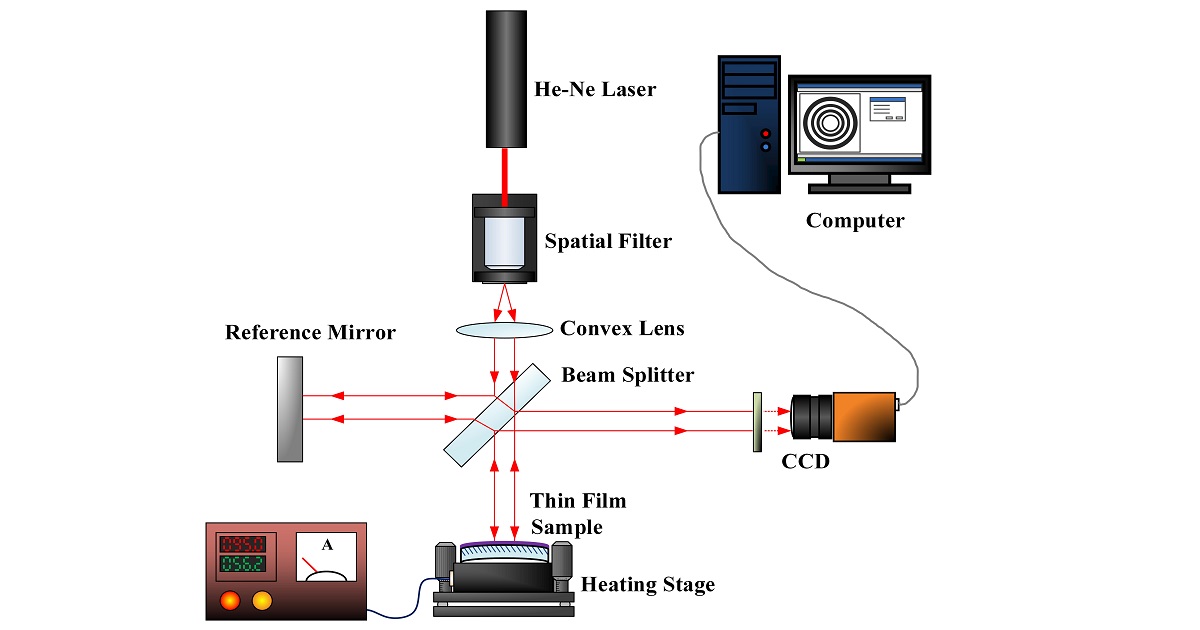Advanced Coating Technology by Physical Vapor Deposition and Applications
A special issue of Coatings (ISSN 2079-6412). This special issue belongs to the section "Surface Characterization, Deposition and Modification".
Deadline for manuscript submissions: closed (20 September 2025) | Viewed by 24660

Special Issue Editor
Interests: optical design; optical thin film; residual stress; optical interferometry; fiber-optic sensors
Special Issues, Collections and Topics in MDPI journals
Special Issue Information
Dear Colleagues,
Physical vapor deposition (PVD) is a widely used technique used for the preparation of thin films and surface coatings. PVD has been widely used in industry and combined with different methods to produce film components with excellent performance. Uniform PVD coatings provide hard surfaces that can be applied to a variety of materials and substrates. The PVD process can also be used to form multilayer coatings, composite coatings, oblique coatings, and unique structures. The PVD multilayered film structure is beneficial for improving oxidation resistance, enhancing mechanical properties, reducing internal stress, inhibiting crack propagation, and improving fracture toughness. We sincerely invite you to contribute your original papers to this Special Issue. The topics of interest include (but are not limited to) the following topics:
- Thin film coating techniques;
- Characterization of thin films for micro-components;
- Advanced sputtering coatings;
- -Multilayer thin film preparation and applications;
- Novel PVD coating techniques;
- Optical interference coatings;
- Mechanical stress in thin films and coatings;
- Simulation and modeling in PVD processes.
Prof. Dr. Chuen-Lin Tien
Guest Editor
Manuscript Submission Information
Manuscripts should be submitted online at www.mdpi.com by registering and logging in to this website. Once you are registered, click here to go to the submission form. Manuscripts can be submitted until the deadline. All submissions that pass pre-check are peer-reviewed. Accepted papers will be published continuously in the journal (as soon as accepted) and will be listed together on the special issue website. Research articles, review articles as well as short communications are invited. For planned papers, a title and short abstract (about 250 words) can be sent to the Editorial Office for assessment.
Submitted manuscripts should not have been published previously, nor be under consideration for publication elsewhere (except conference proceedings papers). All manuscripts are thoroughly refereed through a single-blind peer-review process. A guide for authors and other relevant information for submission of manuscripts is available on the Instructions for Authors page. Coatings is an international peer-reviewed open access monthly journal published by MDPI.
Please visit the Instructions for Authors page before submitting a manuscript. The Article Processing Charge (APC) for publication in this open access journal is 2600 CHF (Swiss Francs). Submitted papers should be well formatted and use good English. Authors may use MDPI's English editing service prior to publication or during author revisions.
Keywords
- physical vapor deposition
- coating technology
- thin film
- multilayer coatings
- optical interference coatings
- sputtering
- evaporation
Benefits of Publishing in a Special Issue
- Ease of navigation: Grouping papers by topic helps scholars navigate broad scope journals more efficiently.
- Greater discoverability: Special Issues support the reach and impact of scientific research. Articles in Special Issues are more discoverable and cited more frequently.
- Expansion of research network: Special Issues facilitate connections among authors, fostering scientific collaborations.
- External promotion: Articles in Special Issues are often promoted through the journal's social media, increasing their visibility.
- Reprint: MDPI Books provides the opportunity to republish successful Special Issues in book format, both online and in print.
Further information on MDPI's Special Issue policies can be found here.





